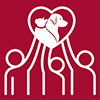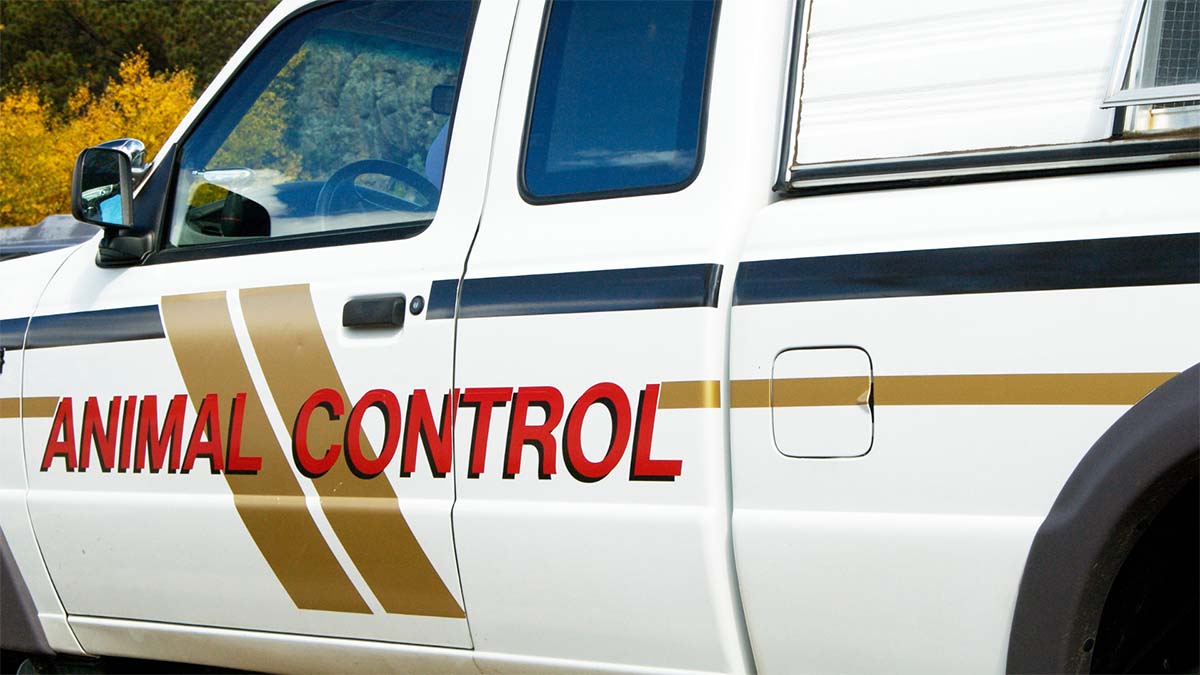Across our community, many residents and animal welfare organizations have voiced concerns about how animal control services are being carried out. While these agencies are tasked with protecting both the public and animals, there are recurring reports that raise serious questions about their effectiveness and accountability.
One issue frequently raised is the handling of animals in questionable situations. Too often, animals are left in unsafe environments or returned to circumstances that do not appear to meet even basic standards of welfare. Follow-through is another major concern—calls for assistance sometimes go unanswered, and cases are not always resolved in a way that reassures the public or protects the animals involved.
Another point of worry is training. Community members have questioned whether animal control officers receive adequate preparation, not only in animal handling and welfare, but also in public communication. The ability to educate, inform, and build trust with the public is just as critical as responding to calls in the field. Without these skills, meaningful progress in community safety and animal welfare is harder to achieve.
Local organizations, from rescues to advocacy groups, have expressed frustration at these ongoing issues. Their complaints highlight a growing divide between the mission of animal control agencies and the realities of how services are being delivered. Addressing these concerns will require transparency, stronger training programs, and better collaboration between agencies and community partners.
Ultimately, the community deserves animal control services that are consistent, humane, and effective. By documenting these concerns and presenting them to decision-makers, we can work toward a system that truly safeguards both people and animals.

